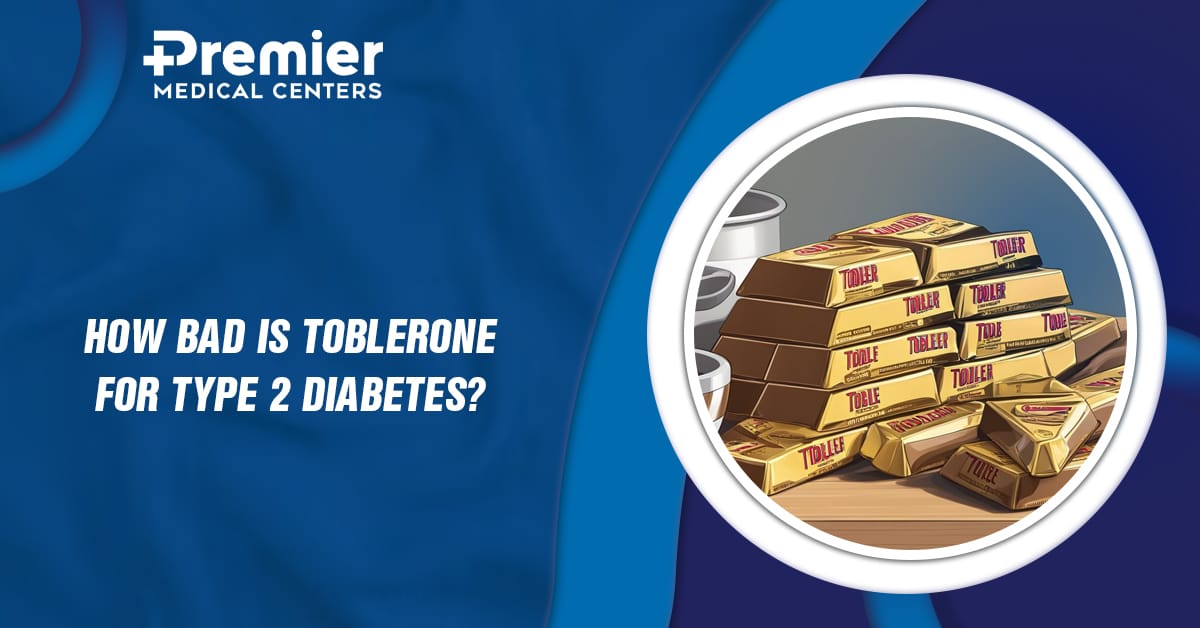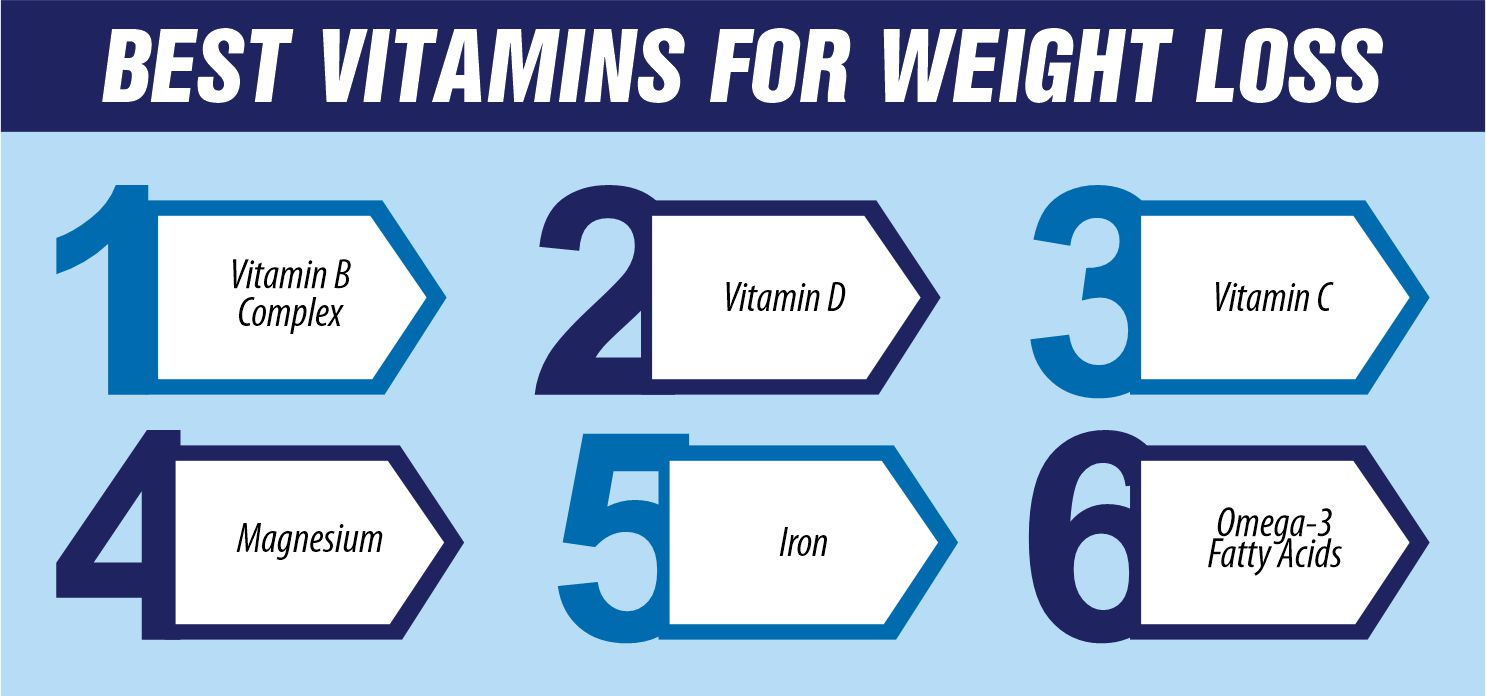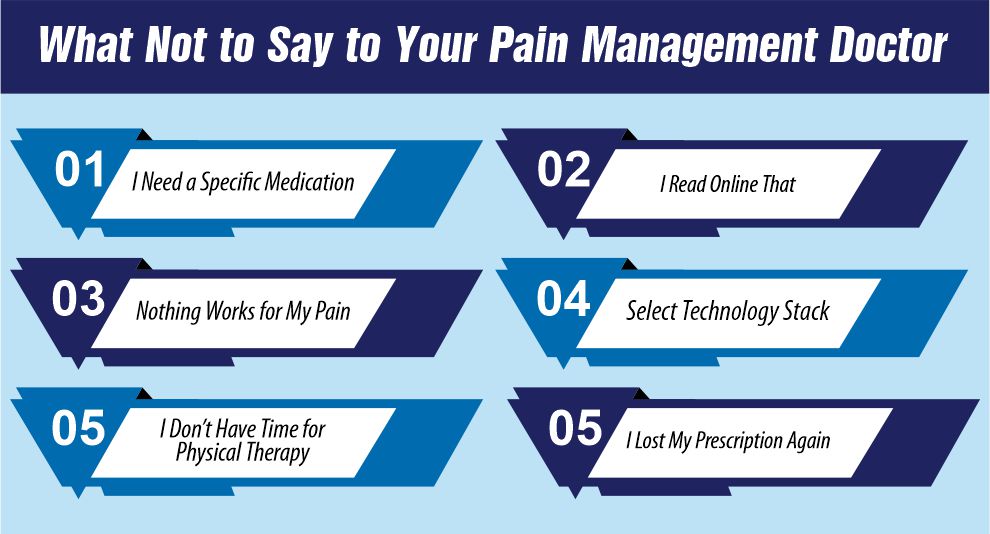How Bad Is Toblerone for Type 2 Diabetes?

Strong 8k brings an ultra-HD IPTV experience to your living room and your pocket.
Toblerone, with its iconic triangular shape and rich chocolate flavor, is a favorite treat for many. However, if you have type 2 diabetes, you may be wondering how bad Toblerone really is for your blood sugar levels. Can you enjoy it in moderation, or is it best avoided altogether? Let’s break it down in detail.
Understanding Toblerone’s Nutritional Profile
Toblerone is made from a combination of milk chocolate, honey, almonds, and nougat. While delicious, it is also high in sugar and carbohydrates—two things that can impact blood glucose levels.
Here’s a look at the nutritional content of a standard 33g Toblerone bar:
Calories: ~180
Carbohydrates: ~19g
Sugar: ~18g
Fat: ~11g
Protein: ~2g
For someone with type 2 diabetes, the high sugar and carbohydrate content can cause a spike in blood sugar if eaten in large amounts. Let’s explore why Toblerone may not be the best choice for diabetes management.
Why Toblerone Can Be Problematic for Diabetes
High Sugar Content
Nearly all the carbohydrates in Toblerone come from sugar, which can cause rapid blood sugar spikes. Since type 2 diabetes affects how your body processes sugar, consuming Toblerone in large quantities can lead to unwanted glucose fluctuations.
Low Fiber
Fiber helps slow the absorption of sugar into the bloodstream, leading to a more gradual rise in blood sugar. However, Toblerone contains little to no fiber, which means the sugar in the chocolate gets absorbed quickly, leading to sharp spikes in blood glucose levels.
High Glycemic Load
The glycemic index (GI) of milk chocolate is typically around 42-45, but glycemic load (GL) considers portion size. Since Toblerone is high in sugar, it has a high glycemic load, meaning even a small serving can significantly affect blood sugar levels.
Presence of Saturated Fats
Toblerone contains cocoa butter, which is high in saturated fats. While fats do not directly spike blood sugar, excessive saturated fat intake can contribute to insulin resistance over time, worsening diabetes control.
Can You Eat Toblerone with Type 2 Diabetes?
The good news is that having type 2 diabetes doesn’t mean you have to give up chocolate completely. With careful planning and moderation, you can still enjoy Toblerone occasionally. Here are some tips to do so responsibly:
Practice Portion Control
Instead of eating an entire bar, limit yourself to a small piece (e.g., one or two triangles). This helps keep your sugar intake low and prevents drastic blood sugar spikes.
Pair It with Protein or Fiber
Eating Toblerone alongside a protein-rich snack (like nuts) or fiber (such as a handful of berries) can help slow sugar absorption and reduce its impact on your blood glucose levels.
Choose Dark Chocolate Alternatives
Dark chocolate contains less sugar and more antioxidants, making it a better choice than milk chocolate. While Toblerone doesn’t offer a true dark chocolate option, other brands do, and opting for a chocolate with at least 70% cocoa is a smarter choice for diabetes management.
Monitor Your Blood Sugar
Check your blood sugar levels before and after consuming Toblerone to understand how it affects your body. If you notice significant spikes, it may be best to limit your intake even further.
Healthier Alternatives to Toblerone
If you’re craving chocolate but want a healthier option, consider these alternatives:
Dark chocolate (70% cocoa or higher) – Lower in sugar and rich in antioxidants.
Sugar-free chocolate – Made with sweeteners like stevia or erythritol, which don’t spike blood sugar as much.
Homemade chocolate treats – Using cocoa powder, nuts, and natural sweeteners like monk fruit.
Nut-based chocolate spreads – Often lower in sugar and higher in healthy fats.
Final Verdict: How Bad Is Toblerone for Type 2 Diabetes?
Toblerone isn’t the best choice for those with type 2 diabetes due to its high sugar content, low fiber, and potential for blood sugar spikes. However, in moderation and with mindful eating strategies, you can still enjoy it occasionally without drastically affecting your blood sugar levels. The key is balance, portion control, and making smart pairings with healthier foods.
Note: IndiBlogHub features both user-submitted and editorial content. We do not verify third-party contributions. Read our Disclaimer and Privacy Policyfor details.







